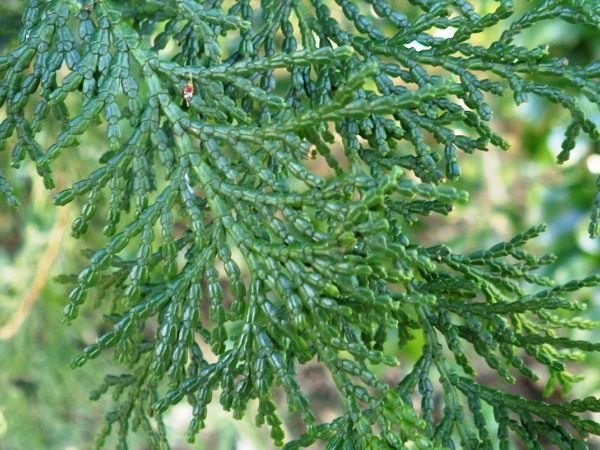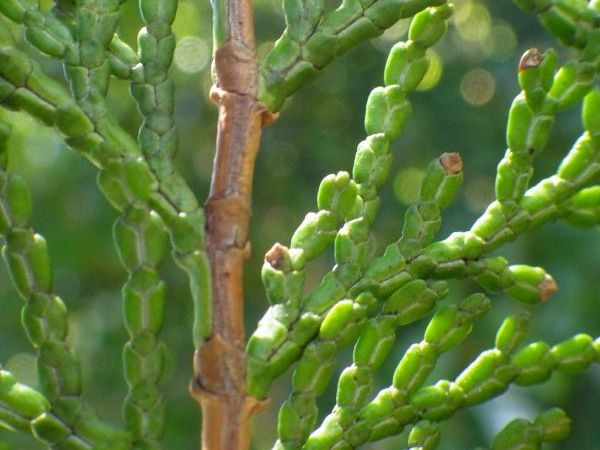(First upload on December 10 2009. Last on March 31 2021) [ 日本語 | English ]
Mount Usu / Sarobetsu post-mined peatland
From left: Crater basin in 1986 and 2006. Cottongrass / Daylily
HOME > Plant list (植物リスト) > Gymnospermae (裸子植物) > Cupressaceae (ヒノキ科) > Chamaecyparis obtusa
Chamaecyparis Spach (ヒノキ)Hinoki (ヒノキ, 檜), hinoki falsecypressEtymology of Japanese name: fire tree = creating a fire with striking the wood Lifeform: evergreen tree < 35 m high Distribution: endemic of Japan (south to central Honshu) Habitat: mountains Stoma: articulated, Y-shaped Flavor: fragrant Wood: pink compared to C. pisifera (サワラ) |
Utilization: timber forest → transplanted in various regions
The Anthology of Myriad Leaves (万葉集) f. hasegawana Hayashi (クリハダヒノキ) f. takeuchii (Hayashi) Yonek. (ツノミノヒノキ) cv. breviramea (チャボヒバ/カマクラヒバ) cv. ericoides (ホウオウヒバ) cv. filicoides (アオノクジャクヒバ) cv. filicoides-aurea (オウゴンクジャクヒバ) cv. lycopodioides (シャモヒバ) cv. pendula (スイリュウヒバ) cv. penduliformis (シダレヒノキ) |
|
[1-3] at Rakuju-en Garden, Mishima, on November 18 2009. [4/5] at the Fujisawa Campus of Nihon University, Kanagawa Prefecture, on January 21 2014. [1] sapling. [5] a bark (樹皮).
 1
1
 2
2
 3
3
[1-3] in the Koishikawa Botanical Garden (小石川植物園), the University of Tokyo, on March 16 2017.